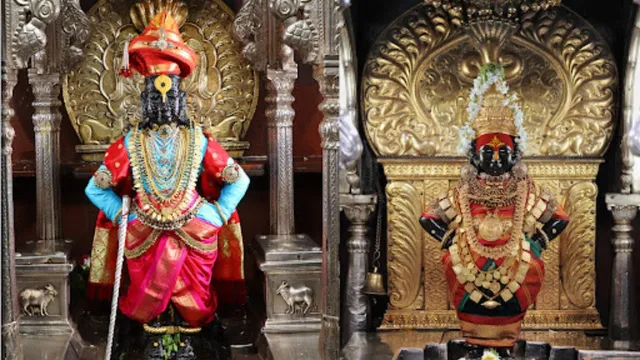- By Soumyaroop Mukherjee
- Sat, 18 Oct 2025 06:23 PM (IST)
- Source:JND
An unusual Diwali gift has triggered major outrage amongst employees working at the Vitthal temple in Pandharpur, Maharashtra. Employees were given chicken masala packets as their Diwali gift.
The gifts were distributed by the BVG company which provides outsourced staff, including guards and other employees, to the Vitthal temple, reported by NDTV. The company’s decision to give chicken masala to the employees has triggered massive outrage on social media.
Why Is ‘Chicken Masala’ A Problematic Gift For Employees?
The Vitthal temple in Pandharpur is home to the Warkari sects and is worshipped by millions of devotees across the country. One of the sacrosanct pillars of the Warkari sect is the importance of vegetarianism.
Vegetarianism is considered the best diet by the people of the Warkari sect of the Vitthal devotees. Non-vegetarianism and alcoholism are not considered by the Warkaris. Naturally, this furore has erupted amongst the people who see this act as trying to trespass on their religious beliefs by the company.
ALSO READ: BrahMos vs Tomahawk: How India’s Supersonic Missile Stacks Up Against US’ All-Weather Warhead
Vitthal Temple Pandharpur
The Vitthal Temple in Pandharpur or the Vithoba temple, located in Pune, was built by the Hoysalas between the 9th and 10th centuries. The temple on the banks of the Chandrabhaga temple and is an important seat of Vaishanava tradition.
There are several theories of the origin of the word ‘Vitthala’, but according to local folklore, the word comes from ‘vit’, which means ‘brick’, and tha,l which means ‘sthal’ or standing. At Pandharpur, the deity Vitthal is depicted as a dark young boy with both arms on his waist, standing atop a brick.
However, historians believe that Pundalik, regarded by many as the main brainchild behind the temple, asked the Hoysala King Vishnuvardhana (1108-1152 CE) to build the temple at Pandharpur. Over the years, many layers have been added to the temple. The last major renovation happened during the 17th century, when the earlier temple was damaged by the Mughals.

